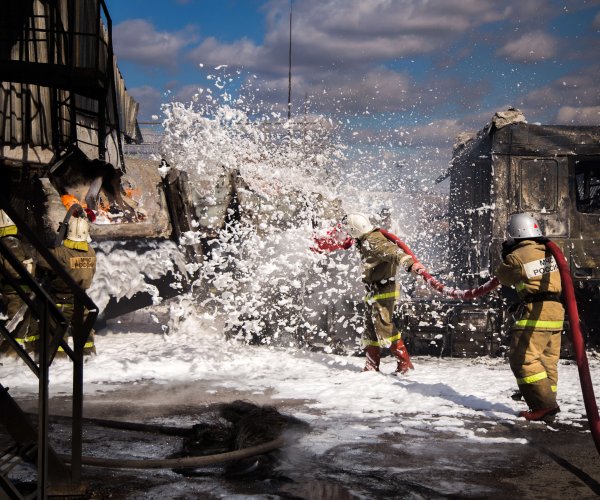Analytical Method Evaluation and Development
Environmental Standards, Inc. offers solutions through analytical methods.
Many investigation projects have unique target Chemicals-of-Concern for which standard US EPA methods are not appropriate. Additionally, a project may require special pre-analysis preparation procedures, non-routine analytical techniques, low detection limits, or analytical modifications to reduce interferences in the analysis.
Environmental Standards provides analytical method evaluation or development expertise to provide solutions for non-routine chemical analysis. These services may include modifying the design of a US EPA method to achieve a certain goal or developing a new analytical method for a specific chemical or analysis matrix. We successfully developed SW-846 Method 3060A, alkaline digestion for hexavalent chromium, which was subsequently approved by US EPA.
Additionally, Environmental Standards’ chemists have critiqued analytical methods proposed by regulatory bodies on a client’s behalf to determine if the method was suitable and/or scientifically sound.
Why us
PFAS
Today, headlines routinely note concerns with a group of fluorinated organic compounds knows as per- and polyfluoroalkyl substances (PFAS).
The US EPA just recently put forth a plan to address these emerging contaminants of concern. However, Environmental Standards has been involved with method development, and method/laboratory comparability assessment for these contaminants since circa 2004. Several of our personnel have been involved in laboratory and method evaluation for over a decade.
We supported a client in the development of an in-house method and provided a pathway to take that client’s liquid chromatography/tandem mass spectrometry (LC/MS/MS) procedure to commercial laboratory application. That procedure essentially became the origins of US EPA Method 537.
These examples illustrate the scientifically sound approach that Environmental Standards brings to evaluation and development of analytical methods.
Our deep analytical strength and breadth of experience and personnel spans environmental, hydrocarbon testing, and bioassay procedures. Our work is recognized by industrial clients, as well as federal and state regulators. We provide an independent perspective on method evaluation, accuracy, comparability, and best practices for method development.
Our clients benefit from over 30 years of experience in vetting, developing, and validating analytical approaches and methods.


Chromium
Chromium is a redox-active element, and prior to the development and incorporation of US EPA Method 3060A, the extraction approach technique failed to address the potential for conversion between the trivalent and hexavalent forms. Environmental Standards, Inc. (Environmental Standards) lead the development and validation of Method 3060A incorporating alkaline digestion.
Dissolved Light Gas Analysis
Analysis of dissolved light gases, including methane, is routinely performed in environmental laboratories using a process based upon a US EPA standard operating procedure (SOP) developed at the Robert S. Kerr (RSK) center. The SOP is known as RSK-175, and though adopted by numerous laboratories, it is not a multi-laboratory validated method. Inaccuracies with this method were noted across the regulated community, and the Marcellus Shale Coalition commissioned Environmental Standards to evaluate this method via inter-laboratory studies.
Three phases of these studies have been completed, and the source of laboratory variability and inaccuracy has been established. Environmental Standards, via our relationship with the Marcellus Shale Coalition, designed, executed, and interpreted the results of the multi-phase studies.

Sulfolane
Sulfolane is an organic sulfur compound used in gasoline refining. Though it can be identified via US EPA Method 8270 for semivolatile organic compounds, no method for environmental quantitative analysis existed until circa 2011.
Environmental Standards identified a quantitative approach for sulfolane analysis in water and soil, and designed a program to develop and validate an analytical method in coordination with a commercial analytical laboratory.
The validated method is accepted by state and federal agencies for monitoring and site investigations.



